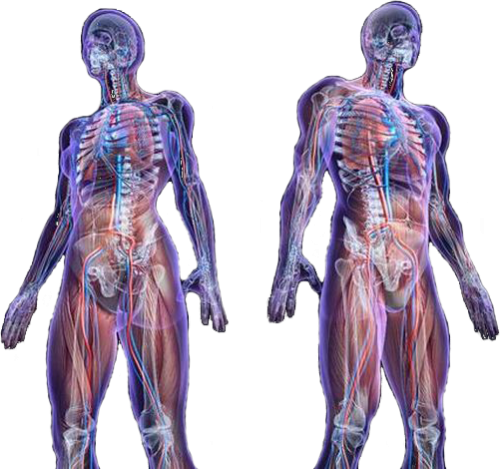We pay great attention to the evidence base of the effectiveness and safety of our products. Experts in our laboratories and the innovation department follow the scientific developments of scientists from different countries and collect research data in the field of biomedicine. Combining the best scientific achievements and innovative technologies, we develop new products and improve the formulation of our products on the market.
Here are just some scientific publications proving the beneficial properties of natural peptides for health and the possibility of their use for the prevention and as part of the complex therapy of chronic human diseases.
- Bioactive peptides of animal origin: a review
https://www.ncbi.nlm.nih.gov
- Peptides from Animal Origin: A Systematic Review on Biological Sources and Effects on Skin Wounds
https://www.hindawi.com
- A comprehensive review of bioactive peptides obtained from animal byproducts and their applications
https://pubs.rsc.org
https://pubmed.ncbi.nlm.nih.gov
- Protein and amino acid requirements in human nutrition
http://apps.who.int
- Physiological role of short peptides in nutrition
https://pubmed.ncbi.nlm.nih.gov
- DNA double-helix binds regulatory peptides similarly to transcription factors
https://pubmed.ncbi.nlm.nih.gov
- The world of beta- and gamma-peptides comprised of homologated proteinogenic amino acids and other components
https://pubmed.ncbi.nlm.nih.gov
- Peptide bioregulators and ageing: results and prospects
https://pubmed.ncbi.nlm.nih.gov
- Peptide bioregulators: the new class of geroprotectors. Communication 1. Results of experimental studies
https://pubmed.ncbi.nlm.nih.gov
- Epigenetic aspects of peptide regulation of ageing (Abstract)
https://pubmed.ncbi.nlm.nih.gov
- Peptide bioregulators: the new class of geroprotectors. Message 2. Clinical studies results
https://pubmed.ncbi.nlm.nih.gov
- Short Peptides Regulate Gene Expression
https://pubmed.ncbi.nlm.nih.gov
- Resolution of the ATP-dependent proteolytic system from reticulocytes: a component that interacts with ATP
https://pubmed.ncbi.nlm.nih.gov
